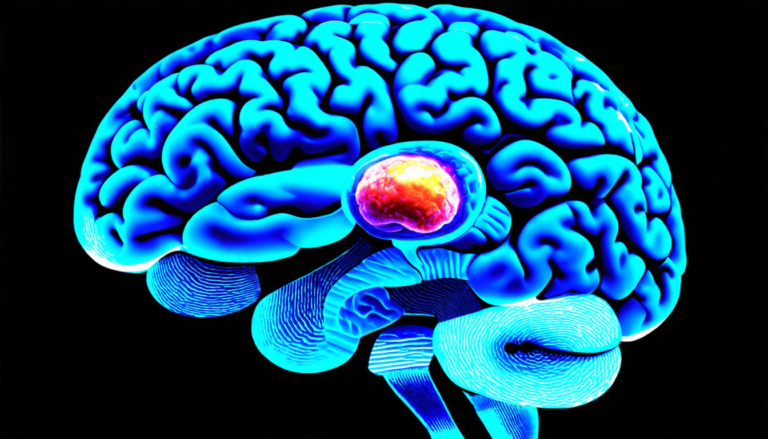Thursday 10 April 2025
Researchers have made a significant breakthrough in developing a new method for enhancing inverse Ising inference, a process used to reconstruct missing data in complex systems. The technique, which utilizes diffusion models, has been shown to improve the accuracy of data reconstruction and can be applied to a wide range of fields, including physics, biology, and computer science.
Inverse Ising inference is a challenging problem that involves inferring the underlying structure of a system from observed data. This process is critical in many areas of research, as it allows scientists to reconstruct missing information and make predictions about complex systems. However, traditional methods for inverse Ising inference can be limited by their inability to handle large datasets and noisy observations.
The new method, developed by a team of researchers, uses diffusion models to generate augmented data that can be used to enhance the accuracy of inverse Ising inference. Diffusion models are a type of machine learning algorithm that use a probabilistic framework to model complex systems. They have been shown to be highly effective in generating realistic synthetic data and can be used to improve the performance of various machine learning algorithms.
In this study, the researchers used diffusion models to generate augmented data for inverse Ising inference. The augmented data was then used to train a neural network that could accurately reconstruct the missing information in the system. The results showed significant improvements in the accuracy of the reconstructed data compared to traditional methods.
The new method has several potential applications in various fields, including physics and biology. For example, it could be used to improve our understanding of complex systems, such as those found in biological networks or financial markets. It could also be used to develop more accurate predictive models for weather forecasting or climate modeling.
Furthermore, the diffusion-based approach can be extended to other areas where inverse problems need to be solved, such as image processing and signal processing. This could lead to new applications in fields like medicine, where it might be used to reconstruct images of organs or tissues from limited data.
The researchers’ findings have significant implications for our ability to analyze complex systems and make predictions about their behavior. The development of this new method has the potential to revolutionize the way we approach inverse problems and could lead to breakthroughs in a wide range of fields.
The team’s work provides a powerful tool for scientists to better understand complex systems, and its applications are vast and varied. As researchers continue to explore the capabilities of diffusion models, we can expect to see even more innovative solutions to some of the world’s most pressing scientific challenges.
Cite this article: “Unlocking Hidden Patterns in Complex Data with Diffusion Models”, The Science Archive, 2025.
Inverse Ising Inference, Diffusion Models, Machine Learning, Neural Networks, Complex Systems, Data Reconstruction, Physics, Biology, Computer Science, Predictive Modeling







